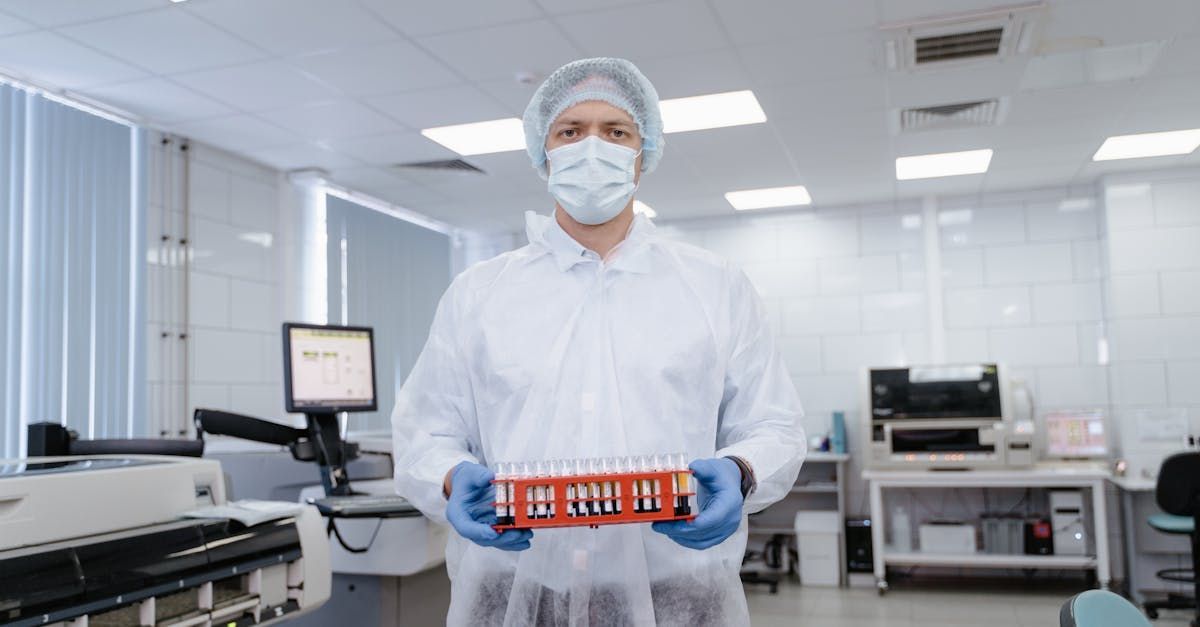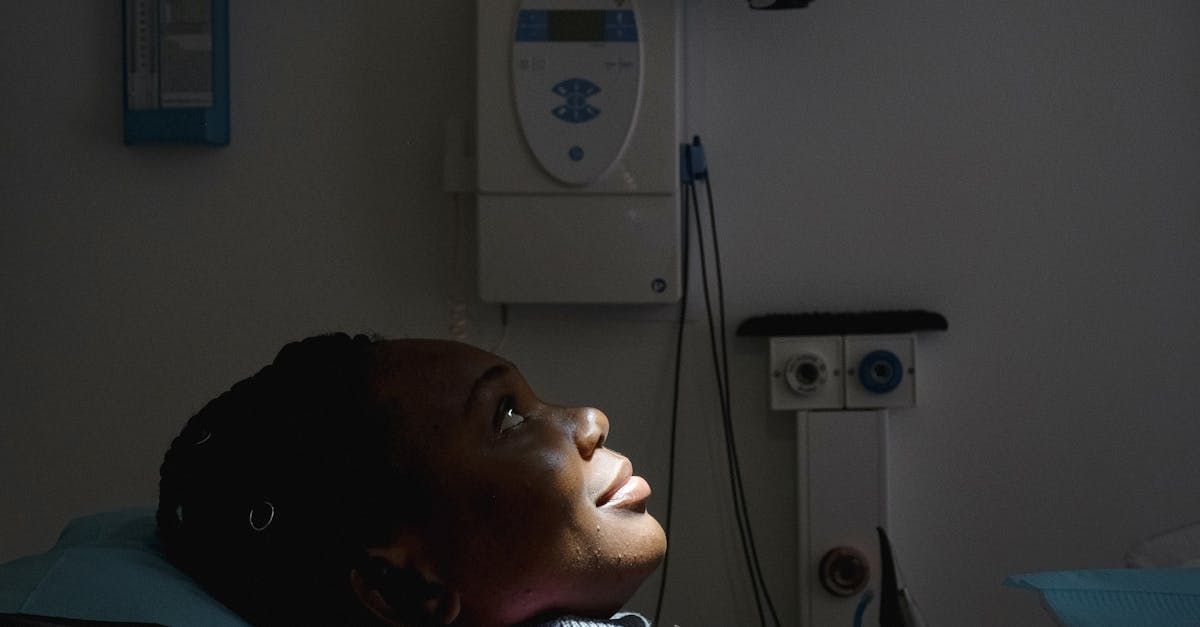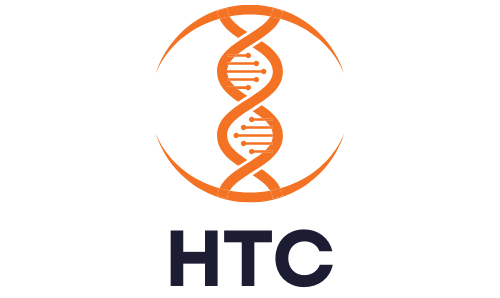Investing in Robotics and Automation in Healthcare
The landscape of healthcare is undergoing a profound transformation, driven by the advent of robotics and automation. These technologies are revolutionizing how medical procedures are performed, how patients are cared for, and how healthcare facilities operate. From robotic-assisted surgeries to automated medication dispensing systems, the integration of robotics and automation is enhancing precision, efficiency, and safety across the healthcare sector. Investing in robotics and automation within healthcare presents a lucrative opportunity for investors, with the market poised for significant growth. This blog aims to explore the potential of healthcare robotics and automation, highlighting key areas of application, benefits, challenges, and investment opportunities.
The Role of Robotics and Automation in Healthcare
Robotics and automation in healthcare encompass a wide range of technologies designed to perform tasks traditionally carried out by humans. Robotics refers to machines capable of carrying out complex actions autonomously or semi-autonomously, while automation involves using technology to automate tasks, reducing the need for human intervention. These technologies can be applied in various areas of healthcare, such as surgery, rehabilitation, logistics, and diagnostics.
Robotic-Assisted Surgery
Robotic-assisted surgery has become a cornerstone of modern surgical practice. Robots like the da Vinci Surgical System allow surgeons to perform minimally invasive procedures with enhanced precision and control. These systems translate the surgeon's hand movements into smaller, precise movements of tiny instruments inside the patient's body, reducing recovery times and improving surgical outcomes. Surgeons can operate through a few small incisions instead of large openings, leading to less trauma, reduced blood loss, and faster recovery for patients.
Rehabilitation Robotics
Robotics is also transforming the field of rehabilitation. Robotic exoskeletons and therapy robots assist patients in regaining mobility and strength after injuries or surgeries. These devices provide consistent and controlled movements, which are crucial for effective rehabilitation. For example, robotic exoskeletons can help individuals with spinal cord injuries to walk again, significantly improving their quality of life. Rehabilitation robots offer repetitive, intensive training sessions that can adapt to a patient's progress, facilitating more efficient and personalized recovery plans.
Logistics and Supply Chain Management
Automation plays a vital role in the logistics and supply chain management within healthcare facilities. Automated guided vehicles (AGVs) and robotic systems streamline the transportation of medical supplies, medications, and laboratory samples, ensuring timely and accurate deliveries. These systems reduce the workload on healthcare staff, allowing them to focus more on patient care. Additionally, automation in logistics minimizes the risk of human error, enhances inventory management, and ensures that critical supplies are always available when needed.
Diagnostic Robotics
Advanced robotic systems are being used for diagnostic purposes, such as robotic endoscopy and automated imaging systems. These technologies enhance the accuracy and speed of diagnostic procedures, leading to earlier detection and treatment of diseases. Robotic systems can perform highly precise movements, which are essential for procedures like biopsies and endoscopic surgeries. Automated imaging systems, integrated with AI, can analyze medical images more quickly and accurately than human radiologists, providing critical support in diagnosing conditions like cancer.
Benefits of Robotics and Automation
Robotic systems bring unparalleled precision to medical procedures. Surgeons can perform complex surgeries with minimal invasiveness, leading to faster recovery times and reduced postoperative complications. In diagnostics, automation ensures consistent and accurate results, enhancing the reliability of tests and screenings. This precision reduces the margin of error in critical procedures, ultimately saving lives and improving patient outcomes.
Automation reduces the risk of human error, which is a significant factor in patient safety. Automated systems ensure that medications are dispensed accurately, surgical instruments are correctly positioned, and vital signs are continuously monitored, improving overall patient care. For instance, automated medication dispensing systems can verify patient information, medication type, and dosage, significantly reducing the risk of medication errors. Similarly, robotic systems in surgeries provide surgeons with enhanced vision and precision, reducing the risk of complications.
While the initial investment in robotics and automation can be substantial, the long-term cost savings are significant. These technologies increase operational efficiency, reduce labor costs, and minimize waste. For example, automated systems in laboratories can process tests faster and more accurately, reducing the need for manual labor and associated costs. Automated logistics systems streamline supply chains, reducing waste and ensuring that resources are used efficiently. These savings allow healthcare facilities to allocate resources more effectively, ultimately improving the quality of care provided to patients.
Case Studies of Robotics and Automation in Healthcare
Robotic-Assisted Surgery: The da Vinci Surgical System
The da Vinci Surgical System has revolutionized minimally invasive surgery. By providing surgeons with a high-definition, 3D view of the surgical site and enabling precise control over surgical instruments, this system has significantly improved surgical outcomes. Patients benefit from smaller incisions, less pain, and quicker recoveries. Studies have shown that patients undergoing robotic-assisted surgeries with the da Vinci system experience fewer complications, shorter hospital stays, and faster return to normal activities compared to traditional surgery.
Rehabilitation Robotics: ReWalk Robotics
ReWalk Robotics has developed exoskeletons that allow individuals with spinal cord injuries to stand, walk, and even climb stairs. This technology not only improves mobility but also has positive psychological effects on users, enhancing their overall quality of life. Clinical studies have demonstrated that using ReWalk exoskeletons leads to significant improvements in mobility and independence for individuals with spinal cord injuries. These devices also contribute to better cardiovascular health and reduced risk of secondary complications, such as pressure sores and osteoporosis.
Diagnostic Robotics: Automated Imaging Systems
Automated imaging systems, such as those developed by Zebra Medical Vision, utilize AI to analyze medical images quickly and accurately. These systems assist radiologists in detecting conditions like cancer, cardiovascular diseases, and neurological disorders. By providing real-time analysis and alerts, these systems enable earlier diagnosis and intervention, improving patient outcomes. For instance, AI-powered imaging systems can identify subtle changes in medical images that may be missed by human radiologists, leading to earlier detection of diseases and more effective treatment plans.
Challenges and Risks
One of the main challenges in adopting robotics and automation is the complexity of these technologies. They require significant upfront investment, ongoing maintenance, and specialized training for healthcare professionals. Additionally, integrating these systems with existing hospital infrastructure can be complex and time-consuming. Ensuring seamless interoperability between robotic systems and other medical devices is crucial for maximizing their benefits. Technical challenges also include the need for continuous updates and improvements to keep pace with advancing technology.
The regulatory landscape for healthcare robotics and automation is evolving. Ensuring that these technologies meet stringent safety and efficacy standards is critical. Navigating the approval process with bodies like the FDA can be lengthy and challenging, potentially delaying the deployment of new technologies. Regulatory requirements vary across regions, adding another layer of complexity for companies looking to market their products globally. Compliance with data privacy regulations, such as HIPAA in the United States and GDPR in Europe, is also essential, particularly for systems that handle sensitive patient information.
To overcome these challenges, healthcare providers and technology developers must collaborate closely. Investing in comprehensive training programs for healthcare professionals, establishing robust maintenance protocols, and engaging with regulatory bodies early in the development process are essential steps. Additionally, partnerships with established healthcare institutions can facilitate smoother integration of new technologies. Creating interdisciplinary teams that include engineers, healthcare professionals, and regulatory experts can help address technical, operational, and compliance challenges effectively. Continuous monitoring and feedback loops can ensure that robotic systems are functioning optimally and meeting the evolving needs of healthcare providers.
Future Trends and Innovations
Technological advancements are continuously pushing the boundaries of what is possible in healthcare robotics and automation. Innovations in artificial intelligence, machine learning, and sensor technologies are making robots smarter and more capable. For instance, AI-powered robots can learn from past surgeries, improving their performance over time. Machine learning algorithms can analyze vast amounts of data to identify patterns and make predictions, enhancing the accuracy and effectiveness of robotic systems. Advanced sensor technologies provide real-time feedback, enabling robots to adapt to changing conditions and perform tasks with greater precision.
The next decade is expected to see significant growth in the use of robotics and automation in healthcare. Emerging trends include the development of more advanced surgical robots, increased use of AI for predictive analytics, and the expansion of telemedicine capabilities. These advancements will likely lead to more personalized and efficient healthcare delivery. Robotic systems will become more integrated, allowing for seamless communication and coordination between different healthcare technologies. The rise of smart hospitals, where robotics and automation are central to operations, will further enhance the quality of care and operational efficiency.
Investment Opportunities in Robotics and Automation
Investors should focus on high-growth areas within the healthcare robotics sector, such as surgical robotics, rehabilitation robotics, and diagnostic automation. Companies like Intuitive Surgical (the maker of the da Vinci Surgical System), ReWalk Robotics, and Omnicell are leading the way in these fields. When investing in healthcare robotics, it is essential to consider factors such as the company's technological capabilities, market potential, regulatory approvals, and financial health. Additionally, assessing the management team's expertise and the company's strategic partnerships can provide insights into its long-term growth prospects.
When evaluating investment opportunities in healthcare robotics, it is crucial to consider several factors. These include the technology's scalability, the company's intellectual property portfolio, the competitive landscape, and potential barriers to entry. Understanding the specific healthcare needs that the technology addresses and its potential impact on patient outcomes is also essential. Investors should conduct thorough due diligence, including market research, financial analysis, and consultations with industry experts, to make informed investment decisions.
Investors can adopt either long-term or short-term investment strategies based on their risk tolerance and investment goals. Long-term investments in established companies with a proven track record can provide steady returns, while short-term investments in innovative startups can offer higher rewards but come with increased risk. Diversification is key to managing risk and maximizing returns. By investing in a mix of established companies and promising startups, investors can balance stability and growth potential. Monitoring market trends and staying informed about technological advancements and regulatory changes are also crucial for successful investment in healthcare robotics.
Conclusion
Robotics and automation are transforming healthcare by enhancing precision, efficiency, and patient outcomes. Despite the challenges and risks, the potential benefits and opportunities for growth make this an attractive investment area. The integration of robotics and automation in healthcare holds immense potential to improve patient care, reduce costs, and streamline operations. Continued advancements in technology will further drive this transformation, making healthcare more accessible and effective. Investors, healthcare providers, and policymakers should support and invest in robotic and automated healthcare solutions. By doing so, they can contribute to the development of innovative technologies that will shape the future of healthcare, ultimately improving the quality of life for patients worldwide.










